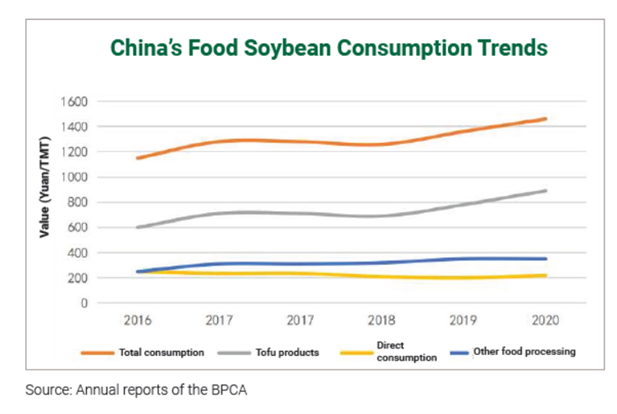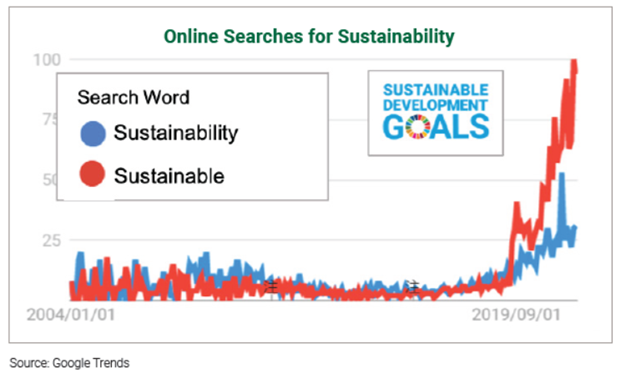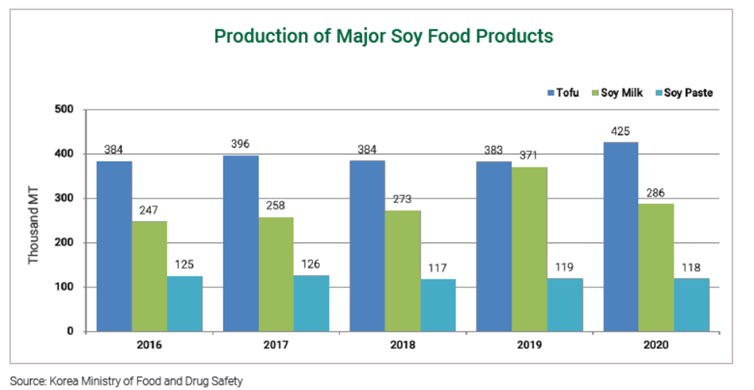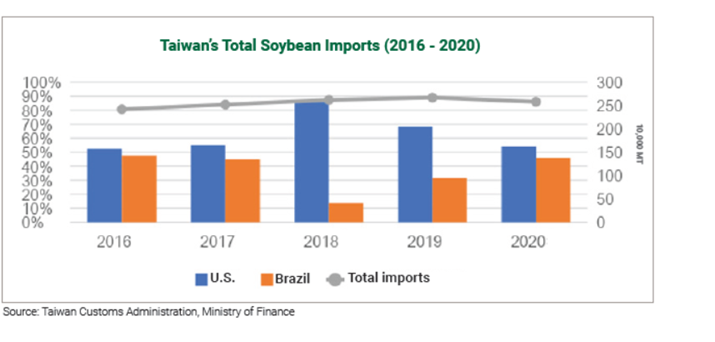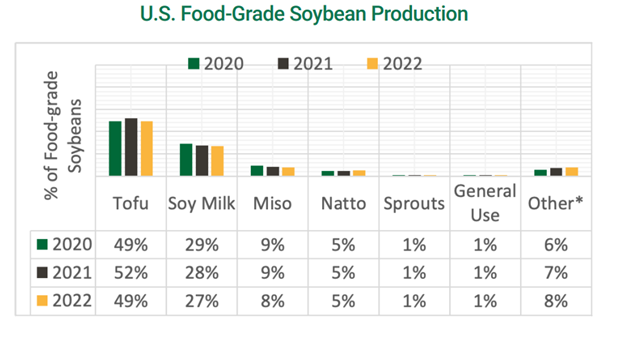North Asia Soy Food Report Analyzes Market Potential
- Category:
- General News
- Reports
- Soy Foods

By USSEC Staff
USSEC’s flagship North Asia Soy Food Report provides a comprehensive review of current market factors impacting the soy food market across China, Japan, Korea and Taiwan. The report, funded in part by the soy checkoff, offers unique perspective on the soy food market in regions where soy is considered a cultural staple.
“Our in-country staff and market experts share both broad and deep insight into current factors impacting soy food markets with growing demand for both traditional soy foods and new plant-based protein options,” says Will McNair, director of oil and soy food programs and deputy director of Northeast Asia for USSEC. “The report explores factors from sustainability and consumption to policy and labeling to give the industry a holistic picture.”
The report details trends in the consumption of traditional soy products like tofu, natto and soy drinks. It also delves into new trends focused on plant-based meat and other protein products, consumer interest in sustainability and country-specific regulations.
A few examples highlight the breadth of the report’s content:
“U.S. Soy is well positioned to meet the need for soy food beans in these markets,” McNair says. “Soy food manufacturers throughout the region want reliable, sustainable sources of high-quality soybeans. U.S. soybean farmers have delivered for years, and they continue to improve the quality and sustainability of production.”
He believes the report delivers valuable information about soy food opportunities in North Asia. It will help USSEC members, soy food manufacturers and farmers raising soy food beans better understand the market environment.
“Our team helps make sense of market trends and the factors influencing,” he continues. “The North Asia Soy Food Report serves as a planning resource for the entire industry, especially those connected to markets in China, Japan, Korea and Taiwan.”
This story was partially funded by U.S. Soy farmers, their checkoff and the soy value chain.
